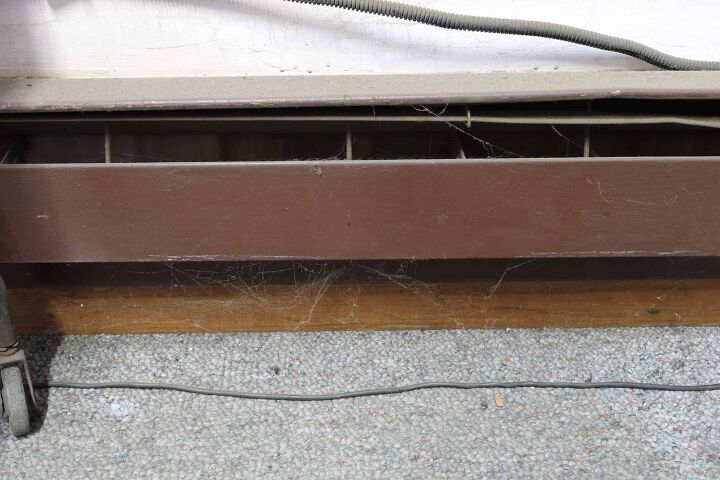How To Remove Baseboard Heaters (Step-by-Step Guide)

There are still many homes that have radiant baseboard heating systems. These baseboard heating systems are beginning to age out. Many homeowners face the challenge of replacing their heating systems. Part of that challenge is answering the questions, “How do I remove a baseboard heater from the wall?”
How do I remove a Baseboard Heater from the wall? Radiant baseboard heaters come in two varieties, electric and water. The steps required to remove a radiant baseboard heating system are similar. Removing water radiant heating systems requires the services of a qualified plumber. Electrical radiant baseboard heating systems are much easier to remove.
If you are planning to replace your radiant electric baseboard heaters, you can save a lot of expenses by removing the old heaters yourself. The steps that are required are well within the capability of most do-it-yourself homeowners.
Do You Need Handyman Services?
Get free, zero-commitment quotes from pro contractors near you.

Step 1 – Kill the Power!
For your safety, this is the most crucial part of the whole removal process. You must locate the breakers on your power panel that feed electrical power to the radiant baseboard heaters. Locating the right breakers can be tricky if the breakers are not labeled. If you are not sure, don’t proceed any further. You could endanger yourself or your home.
Tips and Tricks
Several moderately priced tools can help you perform this job. Most of these tools are available at any home improvement or hardware store. Some of them are worth having in your toolkit after your baseboard heating project is complete
- Circuit Tester – A simple circuit tester has two probes that can be touched or inserted into an AC circuit. An LED will light on the probe if there is a live electrical current in the circuit. This simple tool can help you determine the status of the circuit feeing your baseboard heating units.
- Voltage Detector – These devices work by sensing the magnetic field created by an AC circuit. Bringing the probe tip close to an electrical wire that has live AC current will cause the test probe to emit a buzz or squeal. These types of probes are safer since you don’t need to touch wires or expose bare wires for the test.
- Circuit Tracer – At the top of the line is the circuit tracer. These testing instruments allow the probe to detect the wire to which the sending unit is attached. The signal is detectable through walls allowing you to trace the wire back to the breaker box and the individual breaker.
https://upgradedhome.com/how-to-remove-baseboard-heaters/
